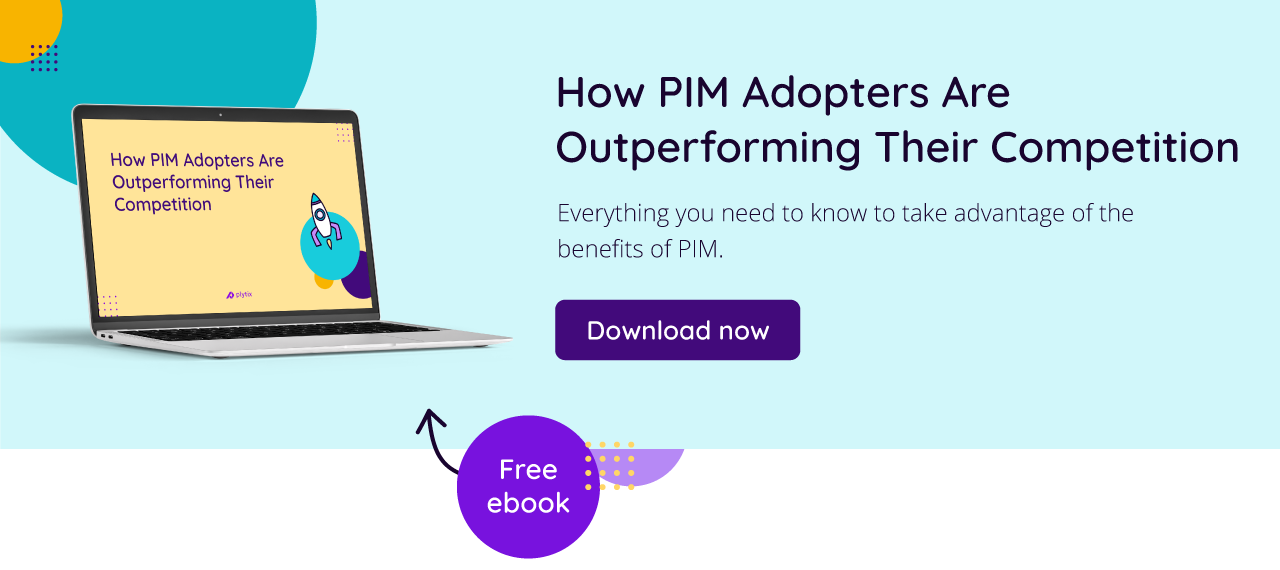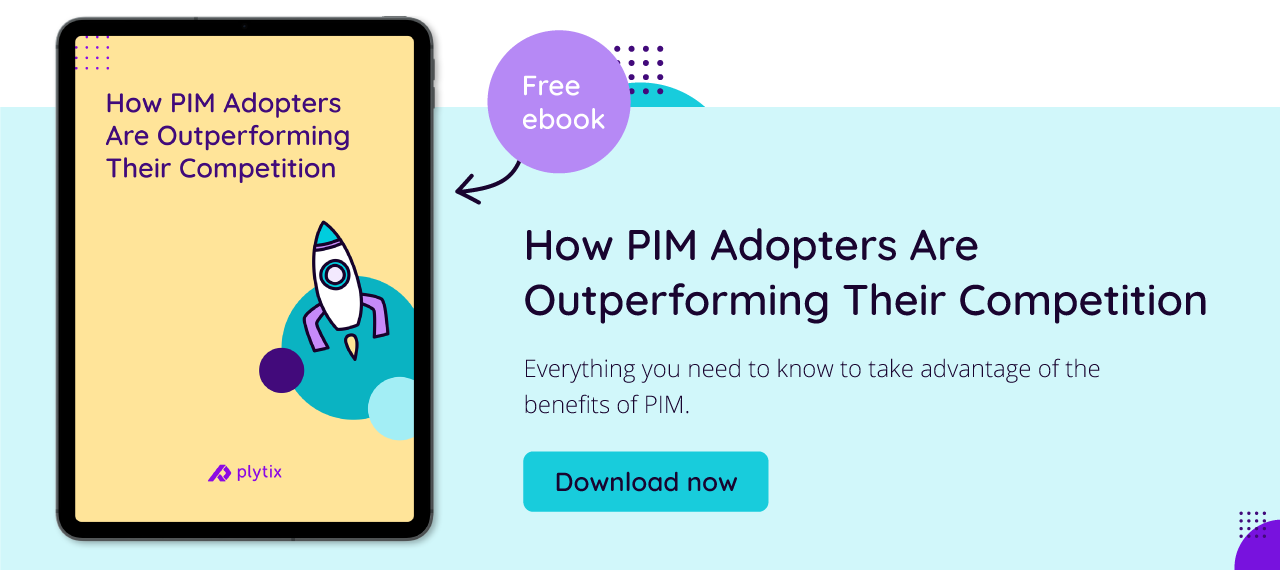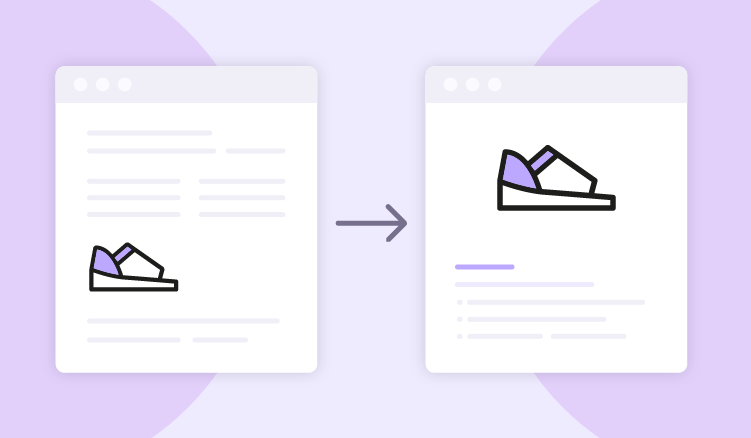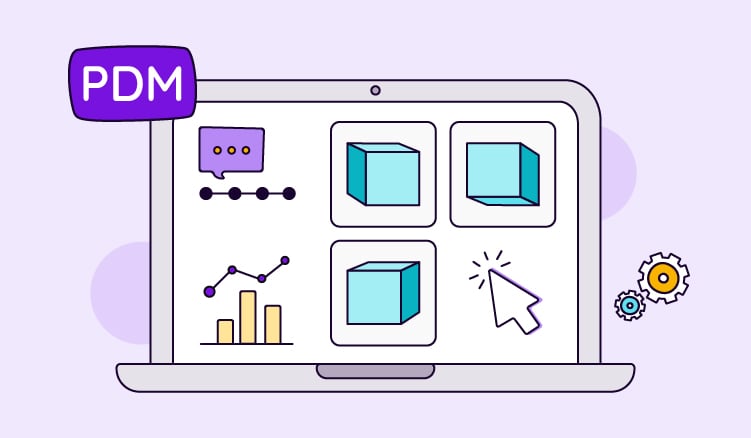You go to buy a product online—let’s say you’re looking for a new pair of gym shoes. How do you decide what shoes to buy?
Well, you probably search on Google (or a marketplace like Zalando) for a term like “gym shoes” or “training shoes.” And if you have a specific brand in mind, you’ll even add that to your search query: ”Nike gym shoes.” From there, you’ll start browsing around, looking at the photos, pricing, and product details until you pick the perfect pair of gym shoes.
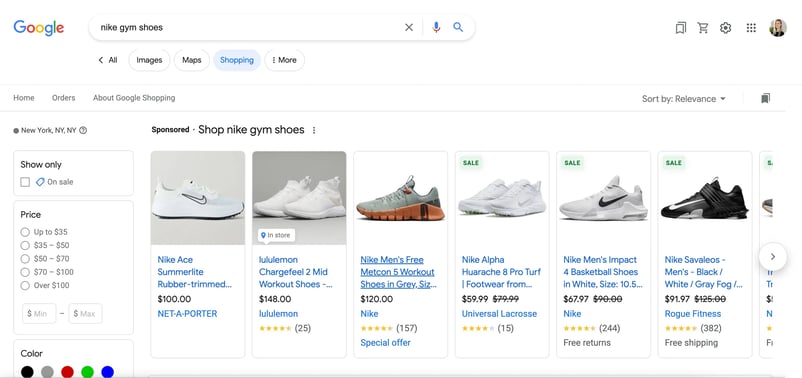
All of these factors help you decide what pair of shoes to put into your virtual shopping cart and which ones to pass up. And the information you used to make that decision is what we call: Product Information.
What is product information?
Product information is any information about a product that helps customers make an informed decision before purchasing a product. To give you a better idea of what this could look like, here’s a list of some of the most important types of information that you’ll want to have about your products:
- Taxonomy
- Essential product data
- Digital assets
- Marketing data
- Product details
- Localized content
- Sales data
- Channel-specific information
As you can see, this is all the information that a business would have about a product. While the main purpose of this information is to help buyers understand the product better, product information can also be information that your retail partners need to be able to sell your products to their customers.
Why is product information important?
The simple answer? Product information can help create trust between you and your customers, boost conversions, and improve your SEO performance.
Online buyers don’t have the luxury of being able to physically touch (or see… or smell… depending on what you’re selling) the product. They rely purely on what information you give them—give them the right information, and they’ll trust you. Rich product information not only gives customers the information they need to buy your product but also gives you a chance to highlight your unique selling points to win more sales over your competitors.

Types of product information
Product information isn’t just the title, price, and product description. There is a lot of information that can go into a product (I mean, Amazon requires over 200 attributes for one product listing 😅). To help you navigate what that can look like, here are some main examples with explanations of what it might look like for you.
Taxonomy
When you’re shopping online, ever wondered how everything seems so organized? That's where taxonomy comes into play. In the world of ecommerce, taxonomy is the system that helps structure and classify products, making it easy for you to find and browse items. Here are some product information examples of taxonomy that you should include for your customers:
- Categories: Broad groupings that products fall under, like "Footwear" or "Home Appliances."
- Labels: Informative tags that spotlight specific attributes or features, such as "Organic" or "Limited Edition."
- Product variations: The different options available for a single product, like color or size differences in a t-shirt.
- Relationships: The connections between products, such as suggesting a phone case when you're looking at a smartphone.
Taxonomy is like the invisible hand guiding your online shopping journey, making sure your products are neat, organized, and easy to navigate. Keep in mind that you’ll have more control over this on your own webshop than you will on marketplaces.
Essential product data
When browsing an ecommerce site, there's a set of standard details every product showcases. These core elements help both buyers and sellers track, identify, and describe products. Here they are:
- UPCs (Universal Product Codes): Unique 12-digit numbers that universally identify retail items.
- SKUs (Stock Keeping Units): Custom codes used by individual retailers to monitor inventory and product details.
- Product titles or names: The primary identification of a product, giving shoppers a quick idea of what the item is.
- Product descriptions: Detailed write-ups that delve into the features, benefits, and specifics of the product.
These data points form the foundation of any online product listing—you cannot sell your products without these. It would become a logistical nightmare if there were no tracking codes or system, and what is a product without a name or a description? These are the absolute basics.
Digital Assets
In ecommerce, a picture speaks a thousand words... and maybe a few hundred sales too. Digital assets is the fancy term to describe images, videos, PDFs, and any other multimedia content associated with a product. High-quality digital assets can go a long way, considering that a study found that 60% of online shoppers said that a good-quality photo is the most important factor in their decision to purchase a product.
Looking at that data, you might argue that digital assets might be one of the most important types of product information, so make sure to get it right. A good mix of product photos, lifestyle photos, videos, and explanatory content will help support your customers along their journey to buying your product.
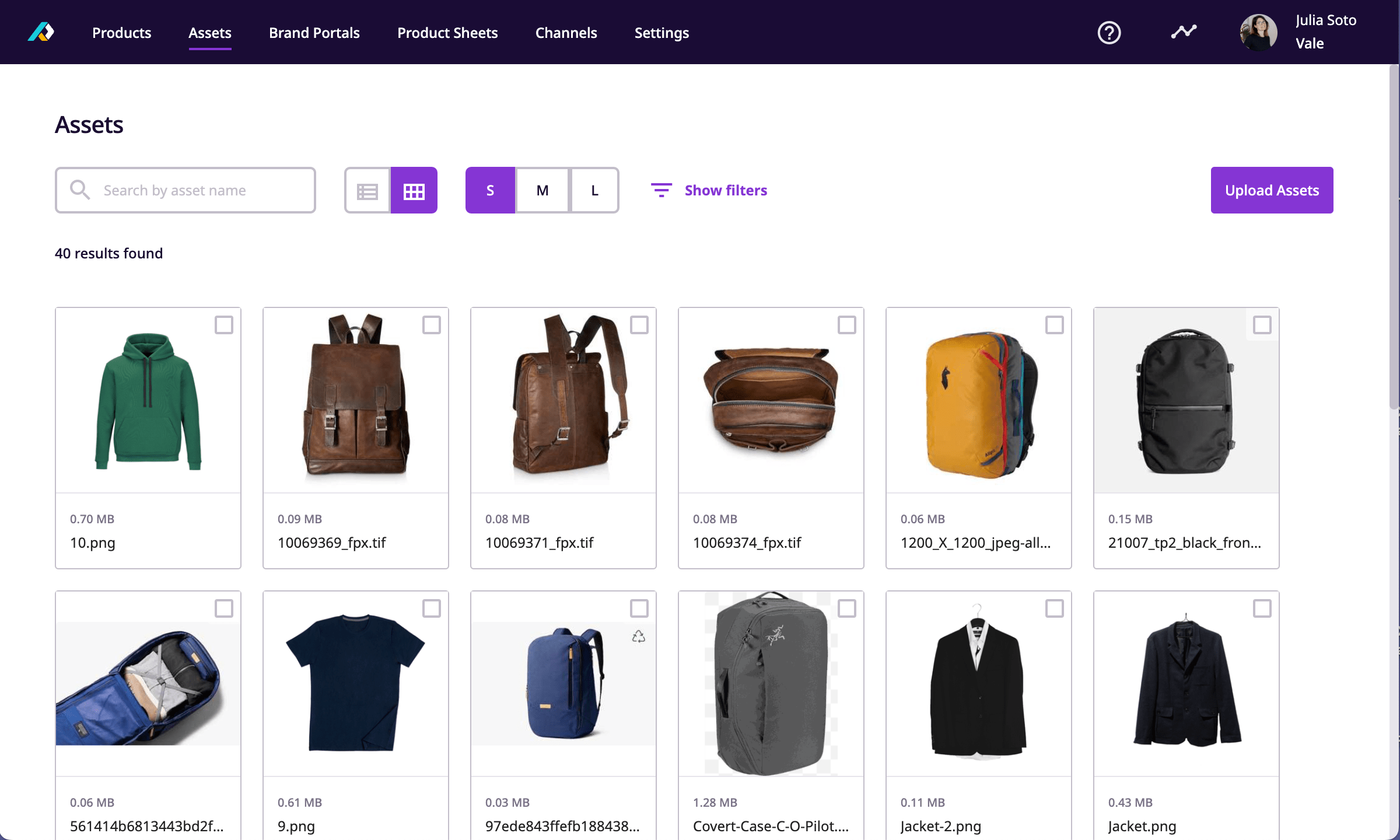
Note: If you take your own ecommerce photos, make sure to check out our article for 7 tips to getting product photography right.
Marketing Data
When it comes to promoting products online and getting your products in front of the right audience, you’re going to need marketing data for your products. This type of product information helps not only market your products but also get them ranking above your competition. It may look like:
- SEO keywords: Specific terms or phrases optimized for search engines to boost your product visibility and rankings.
- Product catalogs: A well-organized list of your products, often categorized, that show off the range of items available for your customers to buy.
- Sales enablement documents: Resources, like brochures or spec sheets, designed to support the sales team in effectively selling products.

Arm yourself with marketing data like this, and you’ll position your products to resonate with and reach potential customers. (Plus, your Marketing and Sales teams will thank you!)
Product details
Beyond the basics (you know—your product title, description, and identifier), your customers want to know more about what you have to offer. They want to know their options (like sizes and colors), technical details, measurements, and all the rest of the information they can’t get without seeing the product in person. For tech products, you should include processor speeds or software capabilities.
Your customers crave detailed yet relevant product information so that they know what they’re spending their money on. Here’s a short list (far from being exhaustive) of what you could include as details for your product:
- Sizes
- Colors
- Materials
- Measurements
- Technical specifications
Localized content
If you’re selling globally, you’re going to need product information specifically for the markets you sell to. And if you really want to impress your different international markets, you’re going to need localized content.
Localized content means tailoring your product information to suit the language, culture, and norms of a specific region. It’s not just about translating words but about resonating with a local audience's heart.
This means you’re going to need product data that looks like this:
- Multilingual content
- Translations (make sure it’s localized!)
- Pricing in different currencies
Sales data
Data like rankings, reviews, and customer feedback fall under the “sales data” category. This information can greatly influence purchase decisions. If your product has high rankings and positive reviews, your potential customers will know that they can trust you (and they’ll be more likely to buy).
Prices and discounts also fall into this category. This type of information directly influences whether a customer is going to buy your product or not. When setting up a product listing, you’re going to want to make sure that you have all of that information available and up to date.
To recap, sales data can be:
- Prices
- Discounts
- Reviews
- Testimonials
Channel-specific Information
In the age of multichannel selling, a product might be listed on multiple platforms—each with its unique requirements. Channel-specific information makes sure that product listings are optimized for each platform, be it Amazon, eBay, or your own ecommerce store. Not every platform accepts information in the same way (length or format), so you’ll need to create product information for each channel.

You’ll also want to have product information that is optimized for mobile since mobile functions a bit differently than desktop. You should always optimize for mobile, especially if that’s what your customers prefer. You can easily check that on your webshop to see what devices your customers tend to use.
Product information: helping your customers understand your product
In a world full of choice, your product information is what helps your customers understand how your product stands out. Think of it not just as data but as your product's story. When you craft and present this information thoughtfully, you're not only showcasing what you sell but also highlighting its unique value.
From basic details like price to deeper insights from customer reviews, each piece is integral in building trust with your audience. Ultimately, thorough and clear product information doesn’t just inform—it helps guide your customers confidently toward buying your product.
And hey, Plytix is a Product Information Management system, so it's worth throwing out there that if you ever need help managing all of that data—you know who to call.
Frequently Asked Questions
Product information refers to the details and data related to a product, often used to inform and attract potential buyers.


